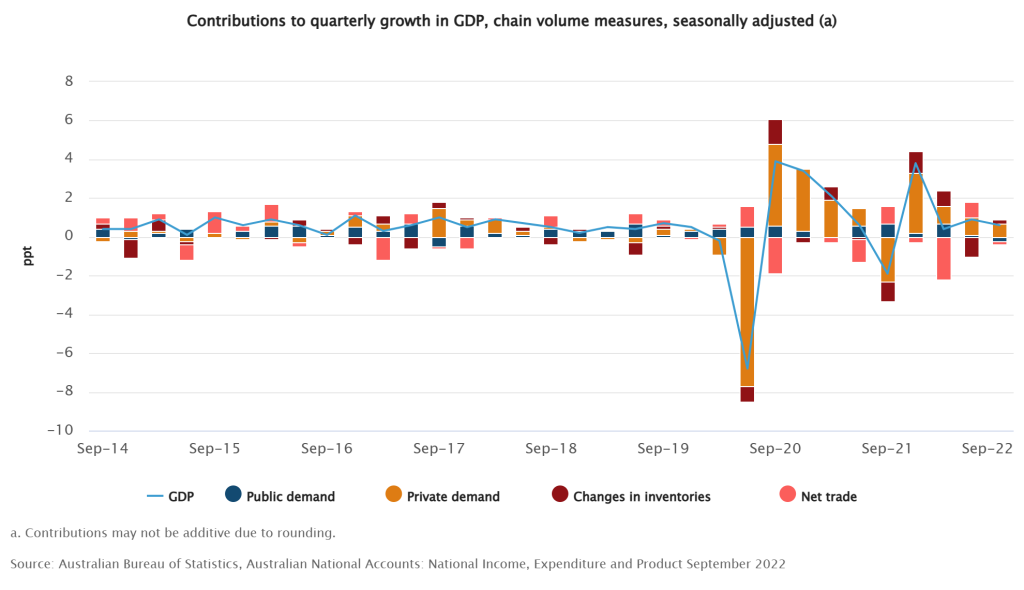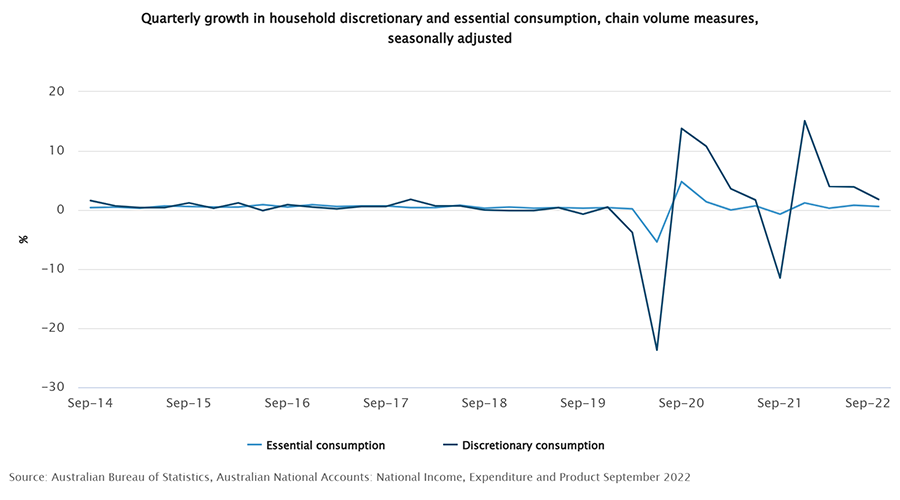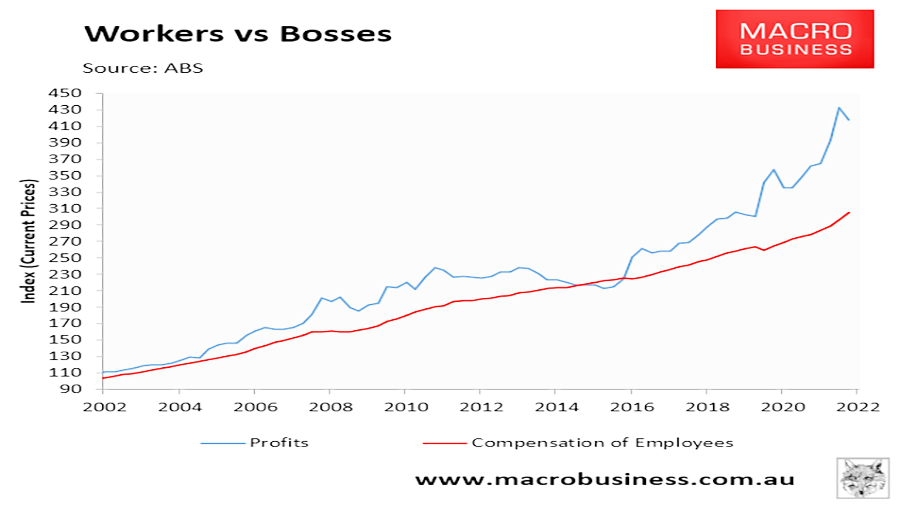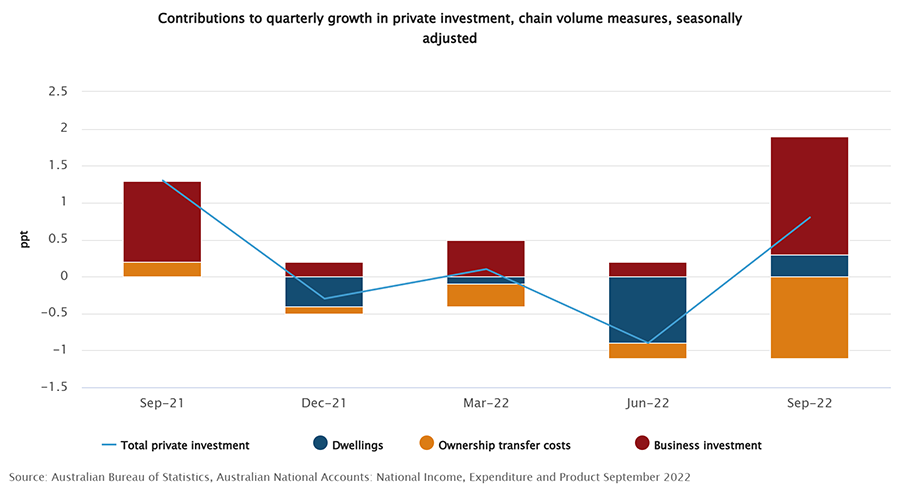Contributed by Joe Montero
The national accounts released on Wednesday show that wages remain stagnant as inflation rises. This a stark rebuff of the ongoing claim by employer organisations and their political hacks, too high wages cause inflation.
Inflation happens when the quantity of money in circulation increases relative to what we can spend it on. By identifying what is causing the increase in the quantity of money, we come up with the cause of inflation at the time in question.
If wages have remained more or les static, they can’t be the cause. It can be argued that a decrease a big enough effect.
Secondly, inflation is affected by the degree of growth of the national economy. If this is less than the growth in the money supply, the excess causes inflation. In the last financial year growth in the economy, as measured by the Gross Domestic Product (GDP) is said to have ben 5.9 percent. GDP per hour worked declined (0.7 percent) as did per unit labour costs (2.5 percent). Wage costs relative to output has decreased in net terms.
Prices went up by 8.5 percent. If wages were not the cause of inflation, then what was?
Consider the graph below.

It is clear from this that government the government contribution to GDP as measured has been minor. Changes in inventories, usually associated with increased output, has hardly moved. The biggest contributor is private demand.
The graph below shows that non-discretionary spending on essentials(necessities) has remained static. Discretionary spending on non-essentials experienced some Covid related disruption. But it too remains fairly constant over the longer run.
How do you reconcile this to wages and consumption spending having hardly shifted at all?
The answer is the redistribution of national income upwards to the wealthiest minority. How has this been achieved? By a steadily increasing share going to profit. This is revealed below.

Another factor must be considered is that not much of this profit is being ploughed back into growing the economy in real terms, that is providing more that e can spend on. One reason is that a growing proportion has been going into asset transfers. Although only a rough estimate, you can see below declining investment, marked by a shift from mining.

This doesn’t directly connect with profit and which industries are involved. The graph shows a gradual fall in investment over more than a decade. A big part of it has been the decline of mining.

What isn’t shown here is the proportion of assets transfers in this result.
Nevertheless, there is an indication here that although investment in shares, bonds, and property have been major factors in where the investment is going, this is unlikely to be the driver of the current inflationary wave. A better indication of this is provided by the next graph.

This shows a major growth in ownership transfer costs relative to overall business investment.
As we shall soon see, this still isn’t enough to provide the whole explanation. There is somewhere else to look. In a highly monopolised economy, major corporations are able to extract a monopoly profit through their ability to manipulate prices.
According to Dr Jim Stanford, the director of the Australia Institute’s Centre for Future Work, research shows that this manipulation of prices is indeed the major factor behind todays inflation. The assessment is based on analysed of the ABS National Accounts for December 2022.
“Australian businesses had increased prices by a total of $160 billion per year over and above their higher expenses for labour, taxes, and other inputs, and over and above new profits generated by growth in real economic output,” Dr Stanford wrote in the report.
Much of the increase in prices has come from the mining and energy sectors. Dr Stanford acknowledges this. But research is Backed by estimates from the estimates recently published by the Reserve Bank. The agree that inflation is caused by supply issues rather than by rising wages.
The single biggest factor has been a high price for Australia’s mineral and energy exports and the consequence of higher prices for domestic product. For instance, we now pay a lot more for petrol. Who gets the windfall?
Price gauging doesn’t stop here. Prices are up on the supermarket shelves and elsewhere. Australian government authorities lack transparency on this. Another example are the rising energy costs.
How does this cause inflation? By increasing the prices of goods and services relative to the quantity of money in circulation.
Prices went up by 7.8 percent last year. Wages only 3.3 percent according to the ABS. This leaves an overhang of 4.5 percent. The evidence suggests that much of this the result of rising monopoly prices imposed on consumers.
Any government policy that genuinely aims to counter inflation must shift away from blaming wages and other excuses for refusing to see that monopoly pricing must be dealt with. Success in this will still be limited if there isn’t a complimentary turn towards investment in real economic growth and a redistribution of national income towards wages to boost consumption.


Be the first to comment on "The notion that inflation is being caused by wages must be dumped"